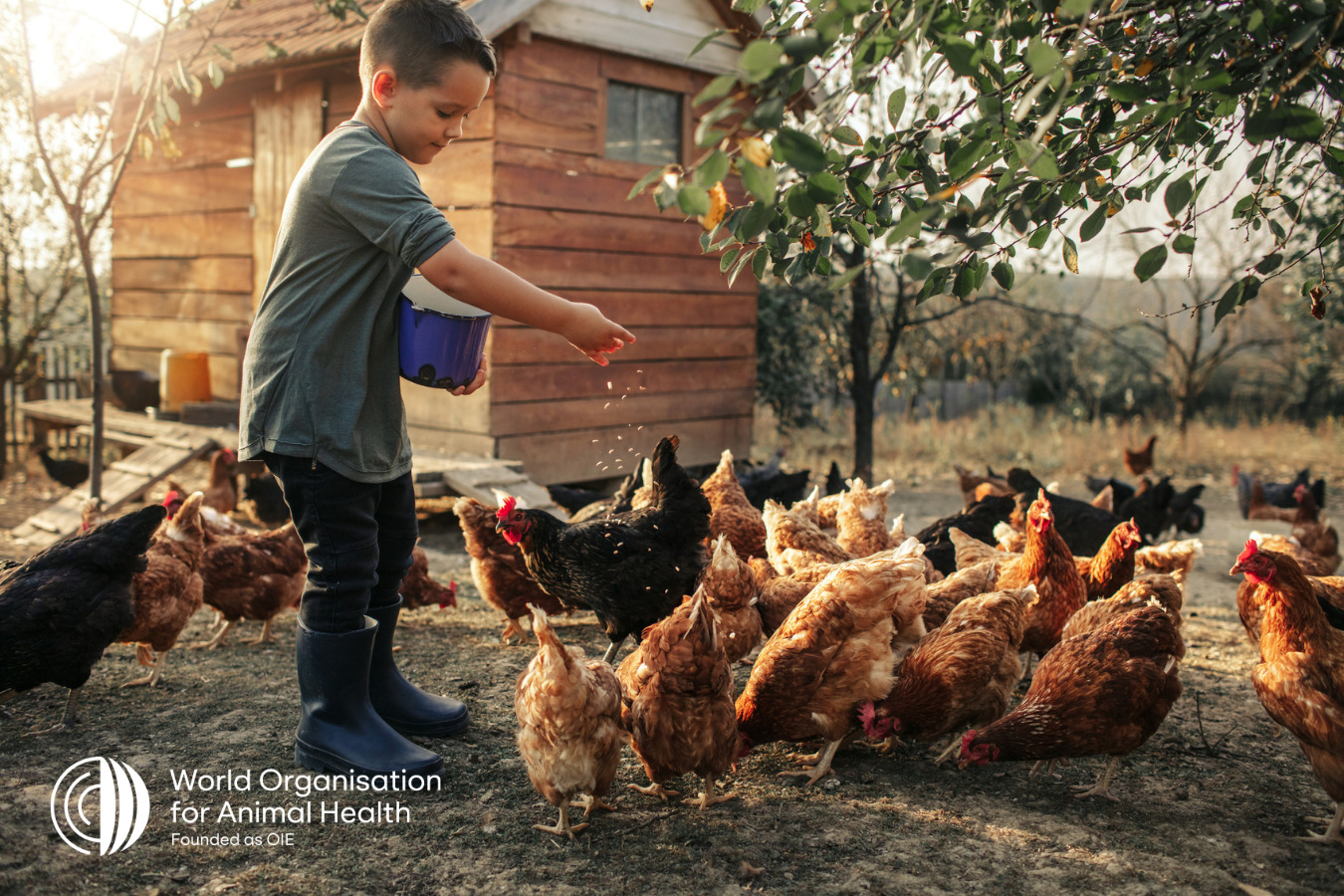
High pathogenicity avian influenza (HPAI) is a highly contagious transboundary animal disease with zoonotic potential caused by influenza Type A virus that meets the criteria of high pathogenicity, affects both domestic and wild birds, and can sporadically spillover to mammals, including humans.
HPAI outbreaks can have devastating consequences on the poultry industry and farming sector in affected countries because of the high level of mortality in flocks. The impact of epidemics comes out in significant direct and indirect economic losses, trade restrictions and poses threats to biodiversity, food security and public health. The outbreaks of HPAI has been reported in several countries of the European region. Since 2021, the HPAI virus subtype H5N1 clade 2.3.4.4b has been dominating outbreaks at the global level, affecting wild birds and birds in commercial farms and backyards, with spillovers to mammals (mainly carnivores).
Being a transboundary animal disease, HPAI requires coordination and action among all stakeholders at national, regional and global levels for its effective monitoring, prevention and control. Across the world, Veterinary Services of Member Countries are taking measures to prevent and control the spread of the disease, following WOAH international standards in close coordination with their One health partners.
The GF-TADs for Europe has expanded its activities in 2023, with the creation of a new Standing Group of Experts on High pathogenicity avian influenza (SGE HPAI). The SGE HPAI of the regional GFTADs for Europe is a joint initiative of the World Organization for Animal Health (WOAH), the Food and Agriculture Organization (FAO) and European Commission (DG SANTE). Its aim is to promote cooperation in preventing and controlling transboundary animal diseases, including HPAI. The SGE HPAI will regularly meet and review disease prevention and control options, exchange epidemiological information and best practices in the region, and agree on an optimal coordinated strategy based on the One Health approach.


